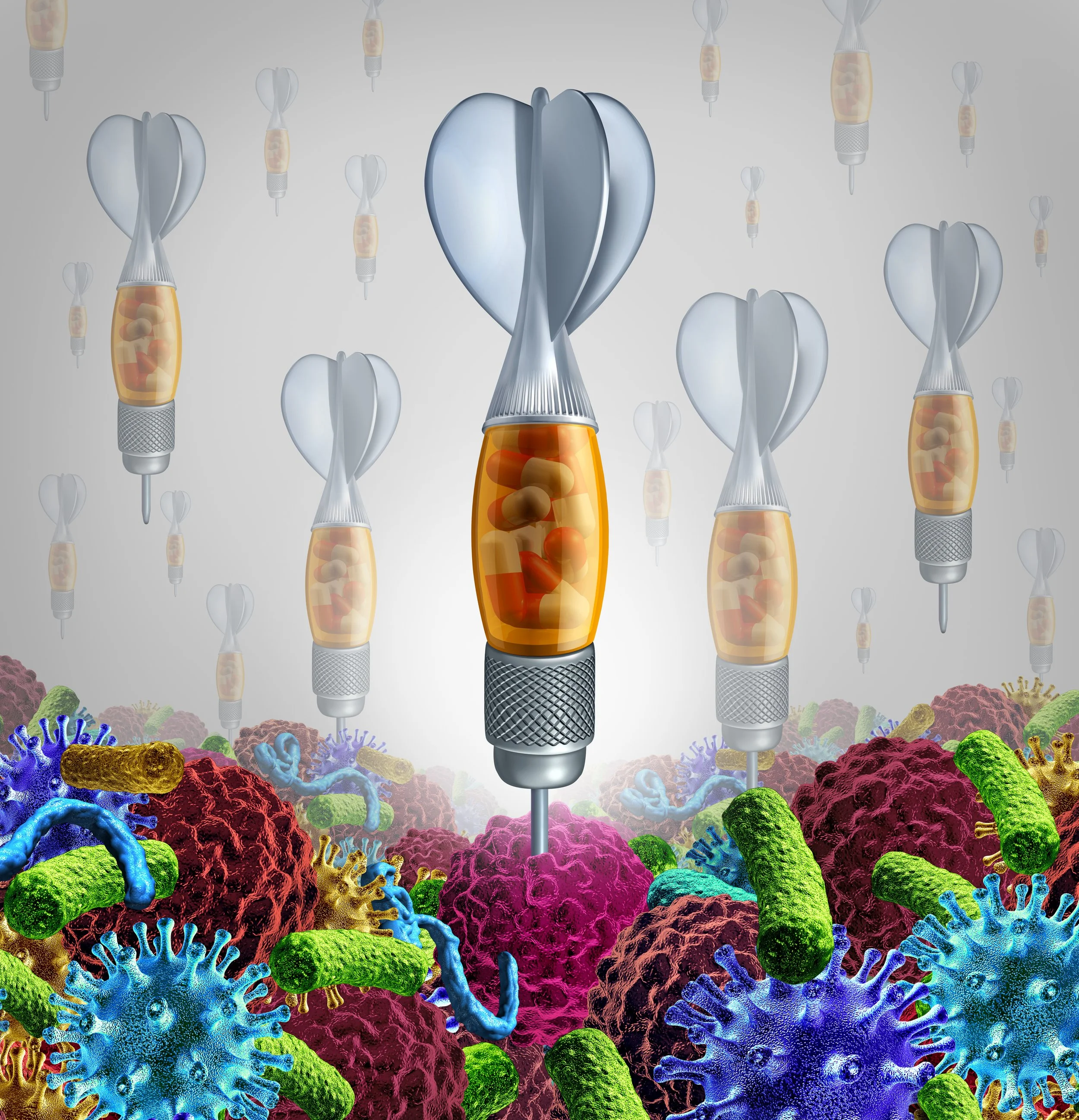Can we use some cancer cells’ need for iron against them?
/New research suggests there may be a way to therapeutically pinpoint some forms of cancer to make treatment more effective.
Researchers from University of California, San Francisco, found that cells with oncogenic KRAS mutations have increased levels of ferrous iron (Fe2+) that could, potentially, be used to “turn on” drugs that target cancer cells.
Credit: Penn Today
The UCFS researchers converted an FDA-approved MEK inhibitor that can inhibit KRAS-mutated genes into a drug that can be activated by ferrous iron (FeADC), which effectively attacked tumor cells while sparing normal tissues.
The innovation allowed sustainable, effective treatment of tumor-bearing animals, with tumor-selective drug activation, which would also improve drug tolerability.
This has enormous potential since KRAS mutations are responsible for up to 25% of all cancers and up to 40% of colon cancers. Many KRAS-driven tumors are difficult to treat because the doses of the cancer growth inhibitors needed to fight them effectively tend to harm normal cells.
The researchers’ findings could give new life to effective cancer drugs that fell out of favor because of the harm they cause to healthy cells. Adding an iron-activated trigger can make the difference.
“These are our modern versions of time-proven drugs whose utility has been limited by an unwanted toxicity,” USCF Prof. Eric Collisson, co-author of the study, told Technology Networks. “By making iron-activated versions of these drugs, we inactivate them in healthy tissues.”
It’s not clear why KRAS-driven tumors have increased iron uptake, but UCSF researchers have a theory.
“We have found most cancers, and especially those with activated KRAS, harbor elevated levels of ferrous iron, likely to meet the elevated metabolic needs the cancer cell,” said Collisson. “Many of the enzymes required for DNA synthesis and repair, for example, require iron as an essential co-factor.”
The researchers continue to focus on how cancer cells elevate ferrous iron, but a company has licensed their FeADC technology, which may one day lead to the development of new tools in the war on cancer.



